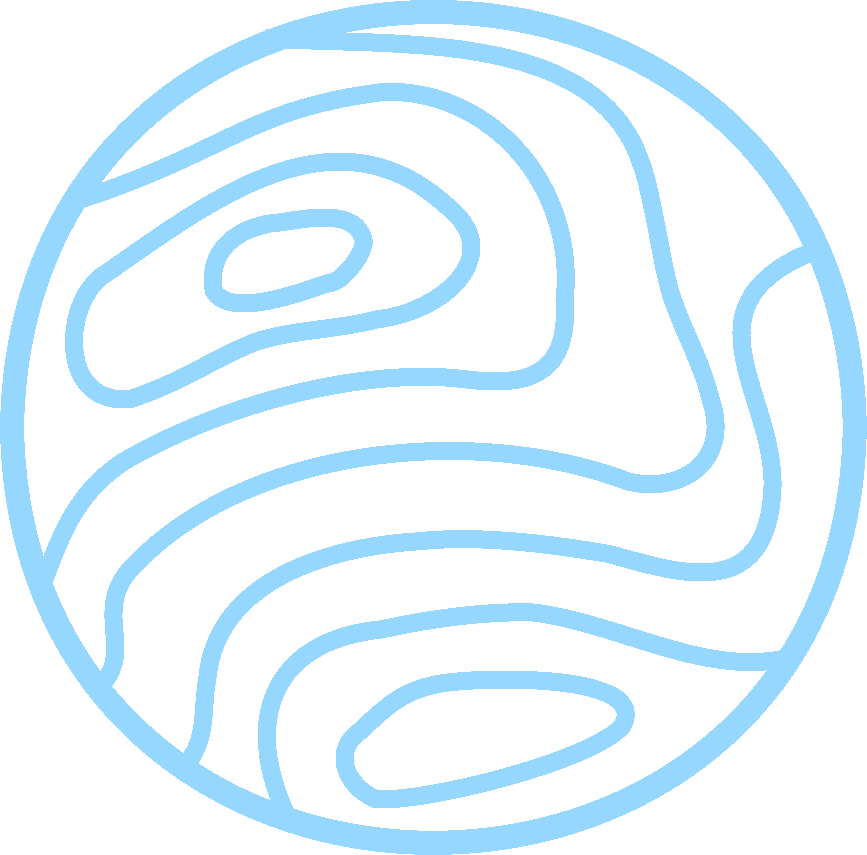What will you discover in Serra da Estrela?
On one single day discover how an ancient plain was uplifted by tectonic forces along massive fault systems that turned it into highlands. See this high plateau that rose up to the stars being carved by massive glaciers during the last glaciation, 30.000 years ago.
Witness marks and effects of past glaciation and interglaciation cycles left on the landscape. Valleys and mountains sculpted by shear cold, ancient glaciers disappearing due to past global warming events, giving place to lakes surrounded by walls of rock.
Find erratic boulders left behind by melting glaciers, later used by fearless warriors to fight against empires. Discover a land full of natural challenges where man learned to live against all the odds. In the process it became strong but humble in harmony with nature.
-
Formation of mountains
Rocks & minerals
Volcanism & magmatism
Faults & folds
Glaciers & Landforms
Past climate change
Natural resources & energy
Geomorphology
Geology & culture
-
Easy to moderate depending on/adjusted to the participants physical capabilities.
Travel between field stops will essentially be done by car. Participants will only be required a maximum of 10 minutes walk (less than 1 km) in each locality on easy to moderate terrain conditions.
Suitable for children and senior participants.
-
Penhas Douradas
Vale do Rossim
Lagoa comprida
Vale de Loriga
Torre
Covão do Boi
Covão do Ferro
Covão D’Ametade
Vale do Zezêre
Poço do inferno
Manteigas
-
Door to door field trip transportation*
Highly qualified and specialised geological field tour guide
Digital tour guidebook and GPS locations with description (.kmz format)
Lunch, snacks and water (several options)*
Geo Logica t-shirt made in Portugal
Personal insurance*
Carbon offset*
A day full of geo memories to remember for the rest of your life
-
Prices vary depending on the number of participants and travelling comfort chosen.
Fill in the field trip form using the button below to get a quote*
More about what you will discover on this trip
-
Compare the age of our planet to a road trip. It has been already a 4500 km long journey in which mankind only came aboard 3,6 kilometres ago.
Come with us to understand how old is our planet and imagine this age when comparing with the timescale of human existence. Learn the different Eons, Eras, Periods, Ages and Stages of the Earth’s history. In the process understand how Earth’s dating is done, through practical experiences to explain the main geological principles.
-
We all recognise many different types of rocks. But how can we distinguish them?
How are rocks classified? What do they mean? How were they first formed? How were they transformed throughout geological time? How can they tell us the history of our planet?
Answer all these questions while experiencing how the pioneering scientists came up with the main geological concepts.
-
Mountains are created by several different processes. One of them derives from the different ways magma arises from the mantle to the surface. We all know how volcanoes extrude lava to create mountains, but this is not the only process in which magma can create mountains. Often, when magma intruding the crust fails to reach the surface, creates magmatic chambers at depth. Magma then slowly solidifies and crystallizes forming batholiths and other intrusive geometries. Later these bodies are eroded and exposed at the surface forming mountains. It is possible to observe these processes at several places in Portugal.
-
Since its formation, our planet have experienced many variations in temperature. During some periods of the Earth history, average temperature has been much higher than today. These periods are called interglaciation periods. Contrariwise, there were other periods where temperature was lower than the present day, i.e. Glaciation periods. In fact, some of these opposite extremes, hot and cold, led to times when there were no frozen poles, and other times when all the planet was completely covered by ice (snowball earth). Come with us understand these cycles of a planet in constant change.
-
Ice and water are two powerful weathering and erosional tools. The changes between the liquid and solid state of water accumulated in rocks results in what is called cryofracturing. Similarly, the gravitational effect of massive quantities of accumulated and compacted perennial snow, a.k.a. glaciers, gliding down a surface is also a powerful erosional process active on Earth. The combination of these natural phenomenons creates several surface expressions easily identifiable on mountain areas. Come with us understand these processes and learn how to identify them in the field.
-
All of us have heard about earthquakes. Many of us have heard about plate tectonics. Yet, only few of us have ever been able to recognise in the rocks direct evidence of these phenomena.
The marks left behind by earth processes are all around us in the form of faults and folds in the rocks.
Understand how to recognise and identify the plate tectonic processes behind the many faults and folds that helped create the most amazing landscapes in our planet.
-
Understand how ancient magmatic rocks and marine deposits were transformed into soils.
Recognise how their particular characteristics together with the geomorphology effect on local climate influenced the quality of local products, the so-called terroir.
Taste the impact that geology has on the quality of wine, cheese and traditional food delicacies.








